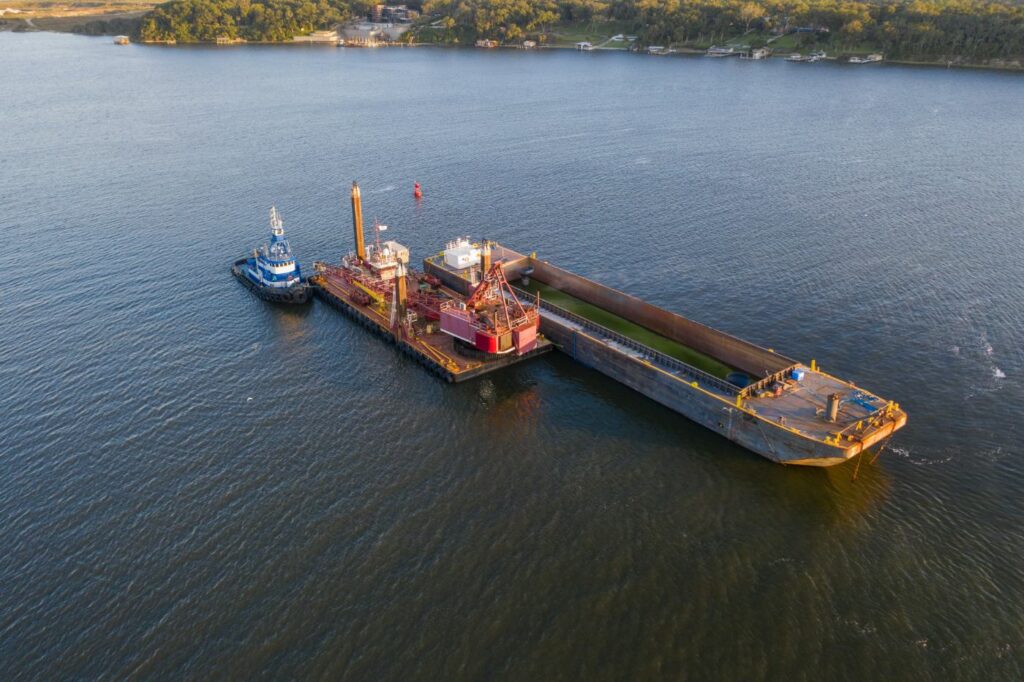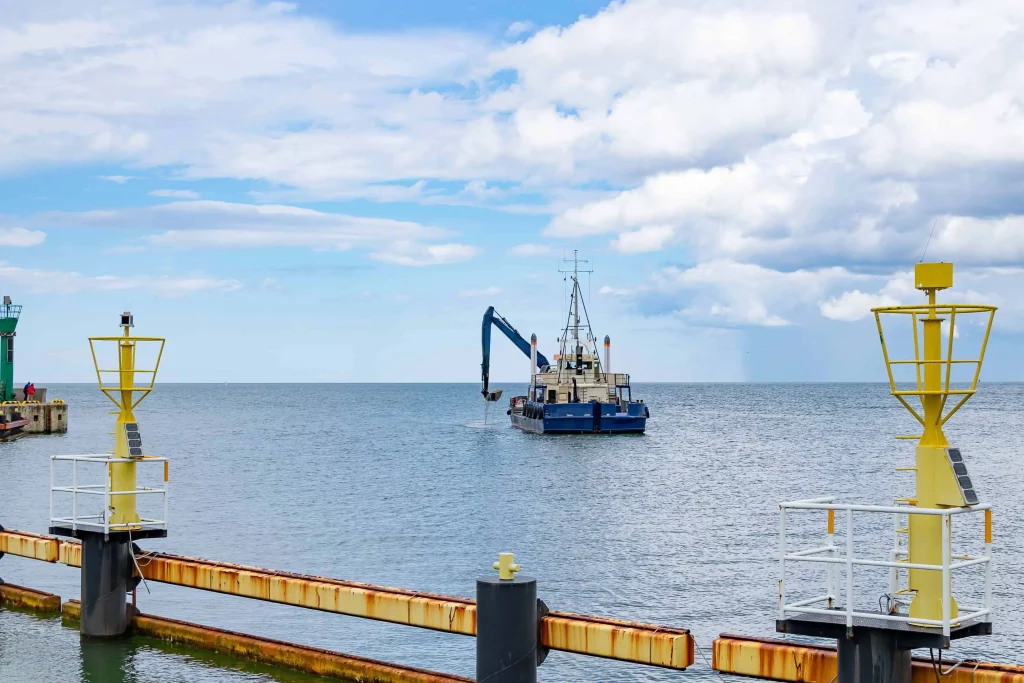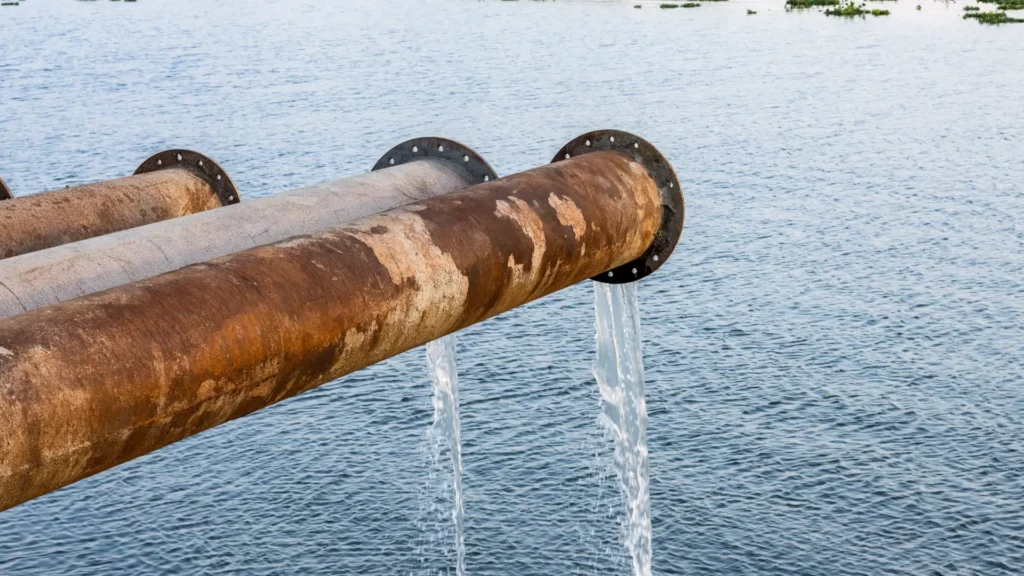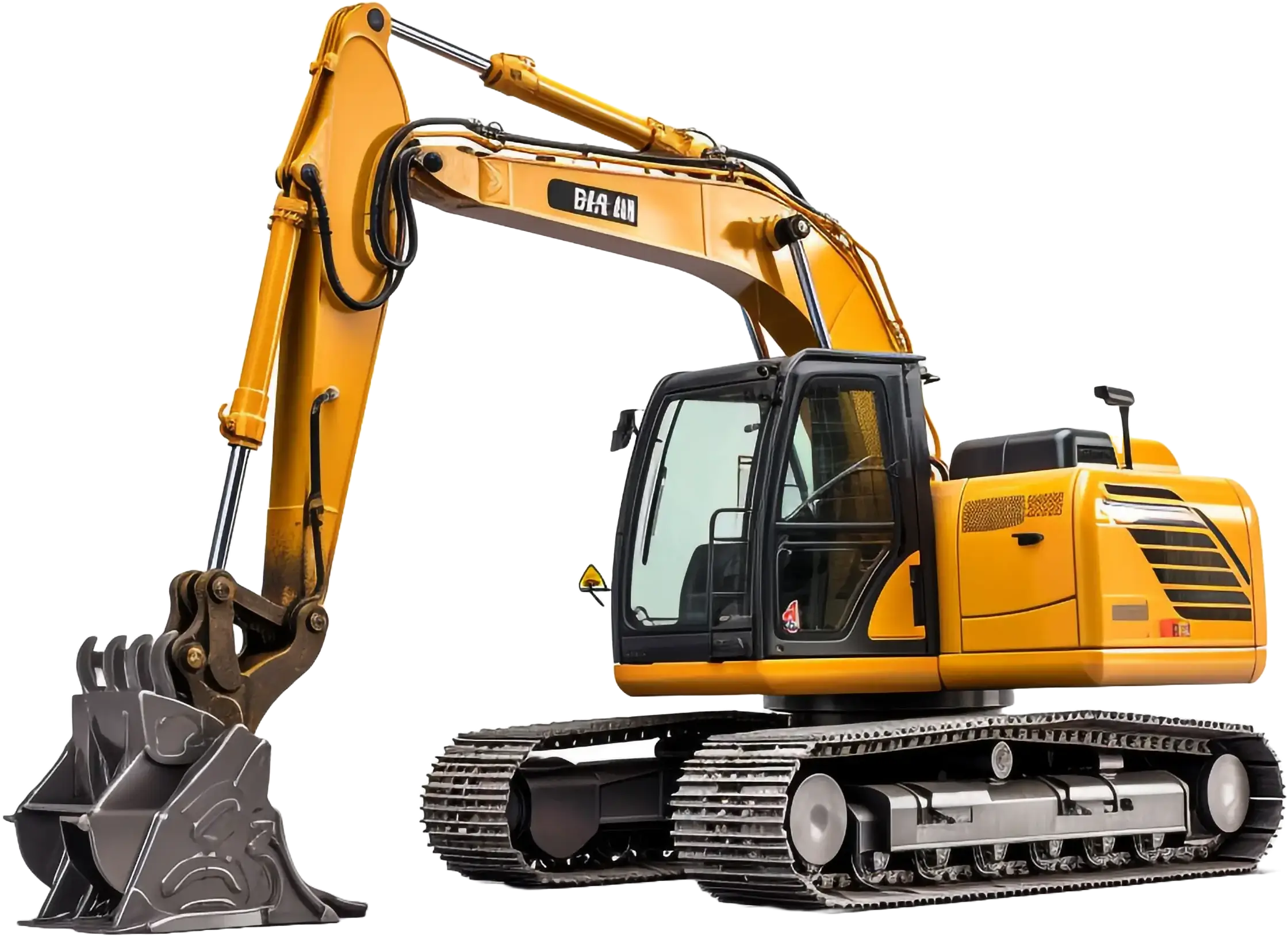River dredging is a vital process used to remove accumulated sediments, silt, and debris from the bottom of rivers, helping maintain navigable waterways, reducing flood risks, and protecting surrounding ecosystems. Over time, rivers naturally collect sediment due to erosion and runoff, leading to reduced channel depth and flow capacity. If not addressed through proper river dredging, these conditions can result in severe flooding, impaired navigation, and significant environmental degradation.
One of the most effective tools in modern dredging operations is the slurry pump. These powerful pumps are designed to move a mixture of solids and water with high efficiency, making them essential for both mechanical and hydraulic dredging techniques. Whether you’re aiming to dredge river channels for improved shipping routes or conduct restoration efforts, slurry pumps help ensure continuous, high-volume sediment transport.
The main goals of any dredging operation are to improve waterway navigability, restore the original river depth, and manage sediment buildup. This blog will explore key techniques used to dredge river systems, the challenges involved, and how slurry pumps overcome them. We’ll also discuss how these methods can be adapted to dredge for lake environments, providing a complete overview of equipment, strategies, and benefits in sediment removal and waterway restoration.
Why River Dredging is Essential
Over time, natural water bodies like rivers, lakes, and estuaries accumulate sediment from upstream erosion, runoff, and human activity. This sedimentation can significantly reduce water depth, disrupt natural flow, and degrade the aquatic environment. Without regular maintenance through river dredging, these waterways face increased risks of flooding, impaired navigation, and ecological imbalance.
One of the primary reasons river dredging is so important is to maintain safe and efficient navigation. Shipping routes, both commercial and recreational, rely on consistent depth and unobstructed channels. When sediment builds up, vessels are forced to reduce loads, take longer routes, or abandon access altogether, resulting in economic inefficiencies. By conducting dredging operations to restore depth and remove obstructions, ports and transport corridors remain viable and productive.
River dredging is also crucial for managing water levels and capacities in hydroelectric reservoirs and irrigation systems. Sediment reduces storage volume, affects power generation, and limits water availability for agriculture. Routine dredging ensures these infrastructures function as intended, providing a consistent water supply and energy output.
From an environmental perspective, river dredging helps restore the natural flow of rivers and improves water quality. It can support the revival of aquatic habitats by removing polluted sludge or reshaping the riverbed for better oxygenation and species migration. In estuarine areas, it also aids in preventing saltwater intrusion, which can harm freshwater ecosystems.
While the goal is similar—removing sediment and restoring capacity—the approach differs when you dredge river environments versus dredge for lake systems. Rivers are dynamic and often require continuous or staged dredging to address flow variation and sediment transport. In contrast, when you dredge for lake restoration, the focus is more on removing decades of settled sludge, often with high organic content, and improving water clarity and depth for ecological or recreational purposes.
In summary, river dredging is a multifaceted solution to the growing problems of sedimentation, offering benefits across infrastructure, ecology, and water resource management. Whether the objective is to dredge river pathways or dredge for lake revitalization, this process is essential for sustaining healthy and functional water systems.
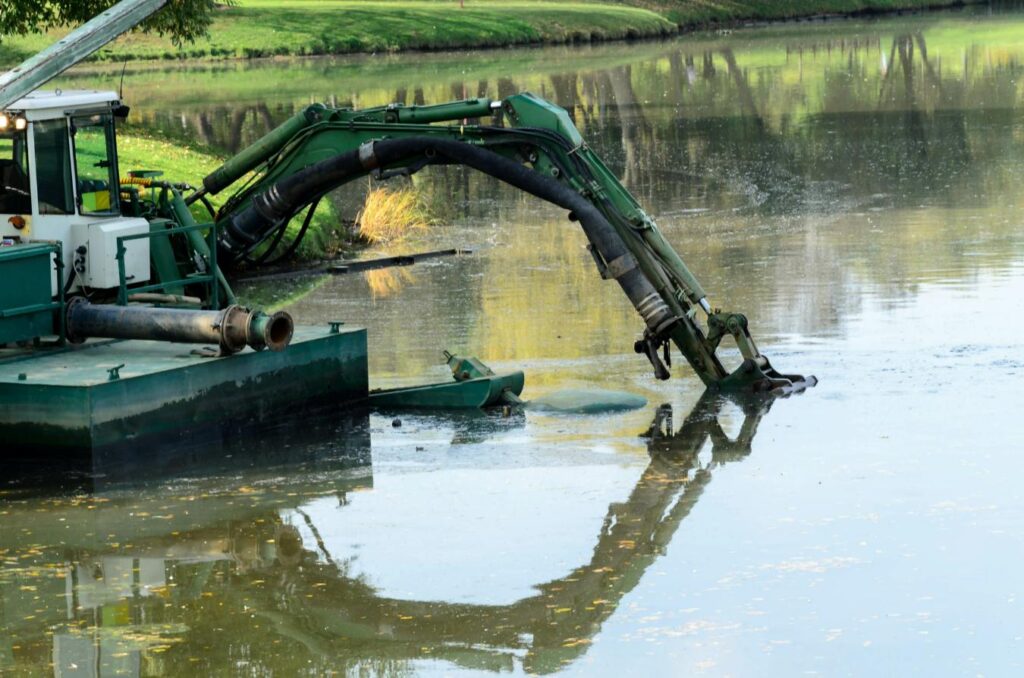
Slurry Pumps in River Dredging Operations
Slurry pumps are heavy-duty pumps specifically designed to handle abrasive and high-solids content mixtures, making them ideal for use in river dredging operations. Unlike standard water pumps that are built to move clean or slightly contaminated water, slurry pumps are engineered with robust materials and impeller designs to withstand the constant wear caused by sediment-laden fluids. This makes them essential for any operation where the objective is to remove large volumes of silt, sand, gravel, or sludge from underwater environments.
In river dredging projects, slurry pumps play a critical role in transporting the mixture of water and solids from the dredging site to a discharge location, whether it’s a containment area, processing plant, or disposal zone. These pumps are capable of operating under high pressures and over long distances, allowing operators to dredge river sections without constant equipment repositioning efficiently. Their reliability and throughput capacity significantly reduce operational downtime and increase productivity.
Several types of slurry pumps are commonly used in river dredging applications, each suited for specific tasks:
- Submersible slurry pumps are fully submerged in the dredging area and are particularly effective in confined spaces or shallow water conditions. These are frequently used to dredge for lake restoration or to reach tight spots in rivers.
- Horizontal centrifugal slurry pumps are mounted above the waterline and use a powerful impeller to move large volumes of slurry. These are common in large-scale river dredging operations requiring consistent high flow rates.
- Excavator-mounted slurry pumps combine the mobility of an excavator with the pumping power of a slurry system. These are ideal for targeted dredging, especially when needing to dredge river banks or localized buildup areas.
Whether you aim to dredge river channels for navigation or dredge for lake restoration projects, slurry pumps offer a practical solution that improves overall dredging efficiency. Their durability and high performance ensure that river dredging operations can be completed faster, with less maintenance, and at a lower long-term cost, making them indispensable to both routine and large-scale sediment removal efforts.
Common River Dredging Techniques
River dredging involves several specialized techniques designed to remove sediment from water bodies efficiently. The chosen method often depends on site conditions, sediment type, environmental considerations, and project goals. Understanding the key techniques is essential when planning to dredge river systems or dredge for lake restoration.
Mechanical dredging is one of the most traditional approaches. This method uses heavy machinery—usually excavators or clamshell buckets—to physically scoop sediment from the river or lakebed. In many cases, material is transferred directly to barges for transport and disposal. Mechanical dredging is particularly effective for projects involving compacted sediments, debris removal, or when precise dredging is needed near structures such as bridges or docks.
A variation of mechanical dredging is excavator dredging with barge loading, where an excavator, often mounted on a barge or amphibious platform, removes material and loads it onto a separate barge. This is commonly used in narrow or shallow sections where access is limited, and it’s a flexible method to dredge river banks and shorelines.
Hydraulic dredging is a more modern and continuous method, relying on slurry pumps to transport sediment-laden water through pipelines. One of the most common systems is the cutter suction dredge, which uses a rotating cutter head to loosen compacted material, mixing it with water to create slurry. The mixture is then pumped to disposal or treatment areas. This approach is ideal for high-volume river dredging operations.
Jetting and pumping is another hydraulic technique that uses water jets to agitate the sediment before it is pumped out. This method is useful in softer sediments and shallow waters and is often used to dredge for lake restoration projects with minimal disruption.
Comparing suction dredging vs. cutterhead systems, suction dredging is simpler, relying on vacuum pressure to remove loose sediment. Cutterhead systems, on the other hand, are better suited for tougher materials that require mechanical agitation.
The choice of method also varies depending on whether you need to dredge river environments or dredge for lake restoration. River dredging often demands continuous, directional sediment removal to manage flow, while lake dredging focuses more on static areas and broader coverage. Selecting the right technique ensures efficient, cost-effective, and environmentally sound results.
Technical Challenges in River Dredging Projects
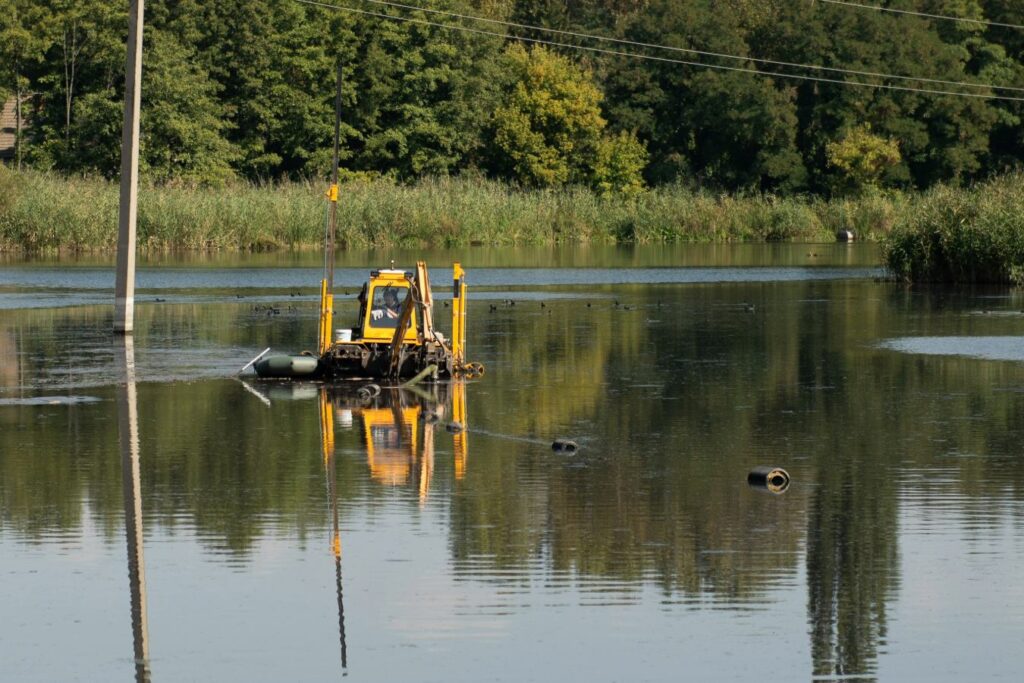
While river dredging offers substantial benefits for navigation, flood control, and ecological restoration, it is not without its technical challenges. Every project presents unique site conditions, equipment limitations, and regulatory considerations that must be addressed to ensure efficiency and compliance.
One major challenge is the variable sediment composition and flow conditions. Rivers often carry a mix of fine silt, sand, gravel, and even debris or organic material, which can change along the course of the waterway. These materials behave differently under dredging operations and can affect the performance of pumps and equipment. Fast-moving water currents or seasonal flow variations add to the complexity, requiring adaptive strategies for both planning and execution.
Pump wear and clogging due to abrasives are another concern. When using slurry pumps for river dredging, highly abrasive particles such as sand and gravel can cause rapid wear on internal components. If not properly maintained or selected for the application, pumps may experience frequent downtime or failure. Selecting wear-resistant materials and implementing a regular maintenance schedule is crucial to minimize disruptions.
Environmental regulations and permitting present logistical and legal hurdles. Dredging projects are often subject to extensive environmental impact assessments, especially when aquatic habitats, wetlands, or drinking water sources are nearby. Permitting can delay projects or require modifications in dredging techniques to protect sensitive ecosystems. These constraints apply whether the goal is to dredge river channels or dredge for lake restoration, and compliance with local, state, or national regulations is essential.
Navigating shallow or narrow channels also poses operational limitations. Traditional dredging vessels may not fit into tight or shallow areas, making it difficult to access buildup zones. This challenge is especially relevant in upstream regions or near urban infrastructure, where maneuverability is limited.
Lastly, remote or difficult-to-access dredging sites can complicate logistics, from transporting equipment to setting up discharge pipelines. Limited access may require the use of amphibious excavators or modular systems that can be deployed in sections.
Overcoming these challenges requires detailed site assessments, specialized equipment, and skilled operators who understand how to safely and effectively dredge river or dredge for lake conditions under various constraints.
Overcoming Challenges with the Right Equipment
Successfully addressing the technical challenges of river dredging requires more than just experience—it demands the right equipment tailored to site-specific conditions. By selecting and configuring your dredging system properly, you can reduce downtime, improve efficiency, and ensure project success, whether you need to dredge river channels or dredge for lake restoration.
The foundation of any effective system starts with choosing the correct slurry pump size, power, and material. Factors such as sediment type, flow rate, discharge distance, and abrasiveness all play a role in determining the ideal pump configuration. Pumps built with wear-resistant materials, such as high-chrome alloys or rubber linings, are better suited for handling harsh slurry mixtures commonly found in river dredging environments.
Automation and remote-controlled dredging units are increasingly used to improve safety and precision. These systems reduce the need for manual intervention in hazardous or difficult-to-access areas. They’re particularly helpful when working in confined zones, near infrastructure, or in sensitive ecosystems where traditional equipment may be too disruptive.
To tackle clogging and wear, many operations now rely on non-clogging pumps and advanced impeller designs. Open impeller configurations and recessed vortex impellers can handle large solids and high-viscosity slurries without frequent shutdowns. These innovations are beneficial for both river projects and when you dredge for lake environments, where organic matter and sludge can be problematic.
Long-term productivity also hinges on effective maintenance strategies. Regular inspection of impellers, seals, and liners can extend pump lifespan and reduce unexpected failures. Predictive maintenance tools, such as vibration sensors or flow monitoring, can further help identify issues before they escalate.
Whether you’re planning to dredge river segments for improved navigation or dredge for lake rehabilitation, leveraging the right combination of equipment and technology is key to overcoming operational challenges and ensuring consistent performance.
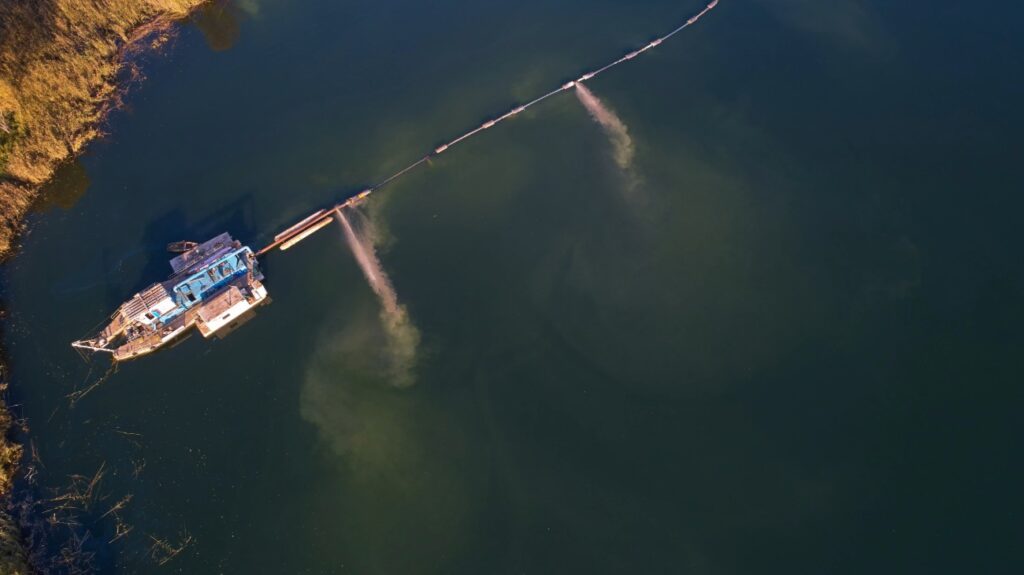
Conclusion
River dredging plays a critical role in maintaining safe navigation, preventing flooding, restoring ecological balance, and supporting water infrastructure. As sedimentation continues to impact rivers and lakes, the need for efficient and reliable dredging solutions becomes even more urgent. Slurry pumps have emerged as a key component in modern dredging operations, offering the power, durability, and versatility required to handle complex sediment removal tasks with minimal downtime.
Balancing environmental responsibility with operational efficiency is essential. The right equipment, combined with strategic planning, ensures that dredging projects meet both regulatory standards and performance goals. Whether you’re looking to clear a blocked river channel or dredge for lake restoration, using the proper tools and techniques makes all the difference.
To ensure success, it’s important to consult with dredging professionals who understand your project’s unique requirements. With expert guidance and the right slurry pump systems, even the most challenging dredging operations can deliver long-term, sustainable results.

